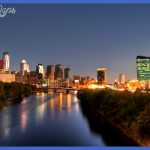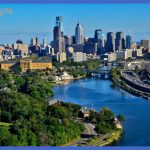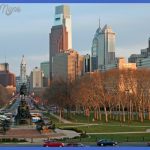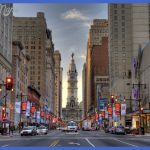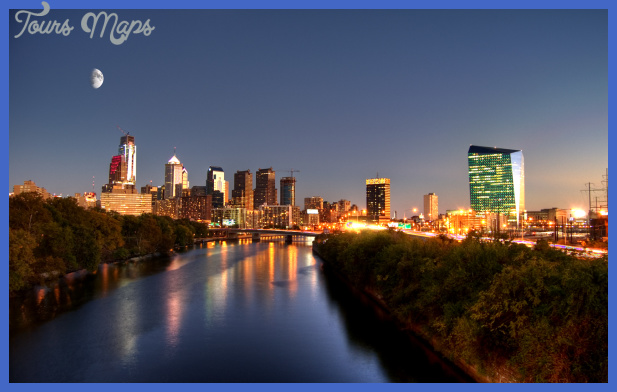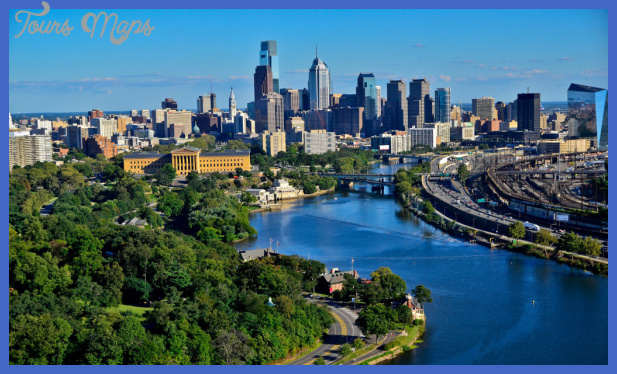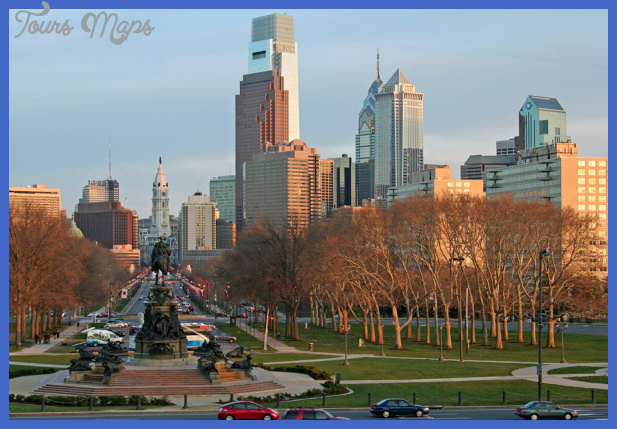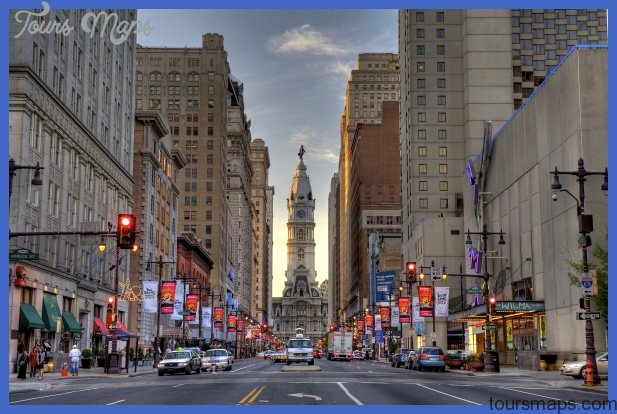chronology
Trade between Philadelphia and Cuba intensifies during the American Revolution.
Manuel Torres, the first Latin American diplomatic representative in the United States, arrives in Philadelphia.
El Habanero, Philadelphia’s first Spanish-language newspaper, is published by Padre Felix Varela, a Cuban exile.
Jicotencatl, the first historical novel published in the Americas, is released by the William Stavely Publishing House in Philadelphia. No author takes credit for the anonymous work.
First local chapter of the Republican Society of Cubans and Puerto Ricans is founded in Philadelphia.
J.B. Lippincott & Co., a Philadelphia press, publishes Who Would Have Thought It?, a novel by Mexican American author Maria Amparo Ruiz de Burton.
Spanish-speaking local branch of the Cigar Makers International Union is founded in Philadelphia.
The Contract Labor Act, which prohibits contract labor admissions, is passed.
Cuban and Puerto Rican exiles in Philadelphia form six clubs of the Partido Revolucionario Cubano (Cuban Revolutionary Party).
Cuban Revolutionary Jose Marti visits Philadelphia.
The Spanish-American War results in the annexation of Guam, Puerto Rico, the Philippines, and Hawaii by the United States.
The Spanish-American Fraternal Benevolent Association, also known as La Fraternal, is founded, becoming Philadelphia’s first Spanish-speaking mutual-aid society.
Our Lady of the Miraculous Medal, or La Milagrosa, Philadelphia’s first Spanish-language Catholic mission, is established.
The Jones Act, which grants United States citizenship to Puerto Ricans, is passed.
Bethlehem Steel president Eugene Grace secures an exemption from the 1885 Contract Labor Act and negotiates an agreement with the Mexican consulate for the importation of its new labor force. Trains depart San Antonio, Texas, for Bethlehem, Pennsylvania, carrying 917 Mexican laborers.
Temporary workers from Mexico, or braceros, are recruited to help with wartime labor shortages. Approximately 1,000 braceros come to Philadelphia during this time, most of whom will work on the Pennsylvania Railroad.
Four hundred and forty Puerto Rican-born Puerto Ricans reside in Philadelphia.
The Philadelphia Regional Committee for Mexican War Workers publishes the first issue of El Bracero Mexicano. The publication features articles, essays, and poetry written by Mexican contract laborers working on the Pennsylvania Railroad.
1948 In the initiation of Operation Bootstrap, the first Puerto Rican migrant farmworkers are recruited to work in the orchards of Allentown. The first Spanish-speaking Boy Scout troop in Pennsylvania is organized in Philadelphia. 1950 Approximately 7,300 Puerto Rican-born individuals live in Philadelphia.
1952 The first direct flights between Philadelphia and San Juan, Puerto Rico, are scheduled.
1963 Philadelphia celebrates its first Puerto Rican Day Parade.
1972 The Pittsburgh Pirates win the World Series, led by Puerto Rican star right-fielder Roberto Clemente.
1974 Philadelphia’s Taller Puertorriqueno, a community-based graphic-arts workshop that provides cultural training alternatives to local youth, is founded.
1979 Nuestra Sangre (Our Blood), one of the first Latino murals in Philadelphia, is designed by artist and community activist Daniel Negron and dedicated on the corner of Fifth and Cambria streets.
1982 Latino organizations begin to redevelop and revitalize el barrio in North Philadelphia.
1984 Fuego Latino, a Philadelphia gay, lesbian, bisexual, and transgender
(GLBT) organization, first marches in the city’s Puerto Rican Day Parade.
1998 Pittsburgh’s Sixth Street Bridge is renamed the Roberto Clemente Bridge.
The mural A Woman’s Place: A Warrior in the Struggle for International Solidarity, by Chicana artist Juana Alicia, is dedicated in Erie, Pennsylvania.
2001 The Roberto Clemente Charter School is established in Allentown. By the
2005-2006 school year, it has an enrollment of 225 students, 94 percent of which are Latino.
2005 Latinos constitute 4 percent of the Pennsylvania population. As in the nation as a whole, Latinos are the fastest growing minority group in the state. The Pennsylvania Latino population increases by 25 percent between 2000 and 2005; 65 percent of the state’s Latino population is Puerto Rican.
Philadelphia Photo Gallery
Maybe You Like Them Too
- The Best Cities To Visit in The World
- World’s 10 Best Places To Visit
- Coolest Countries in the World to Visit
- Travel to Santorini, Greece
- Map of Barbados – Holiday in Barbados


